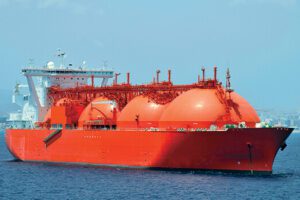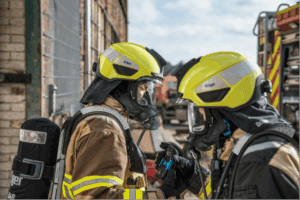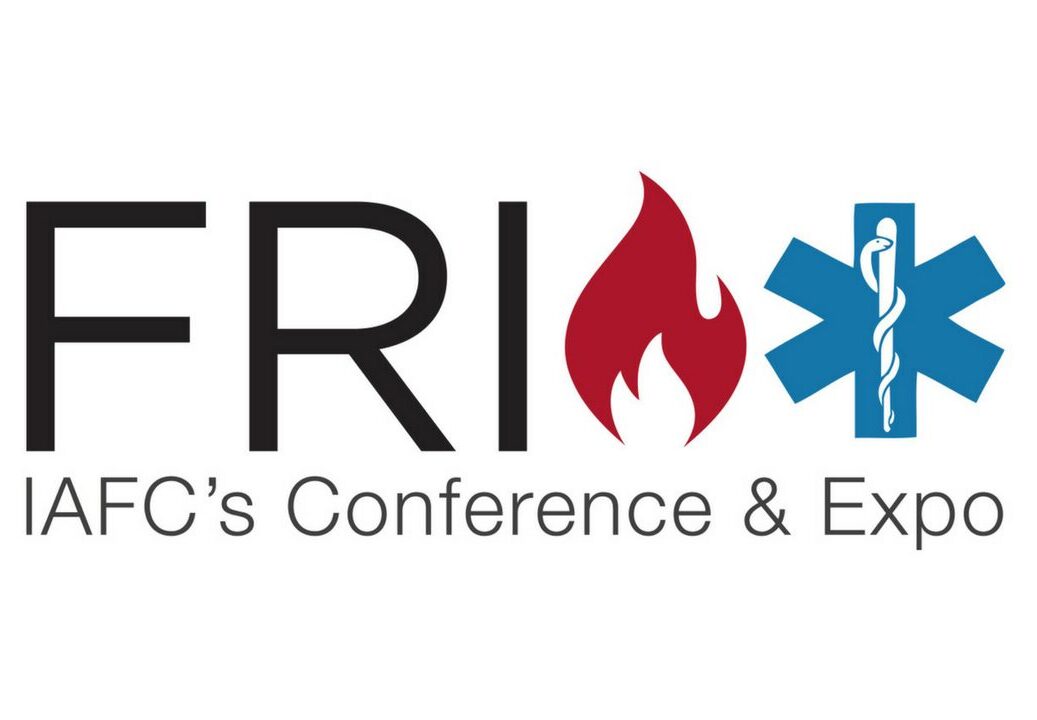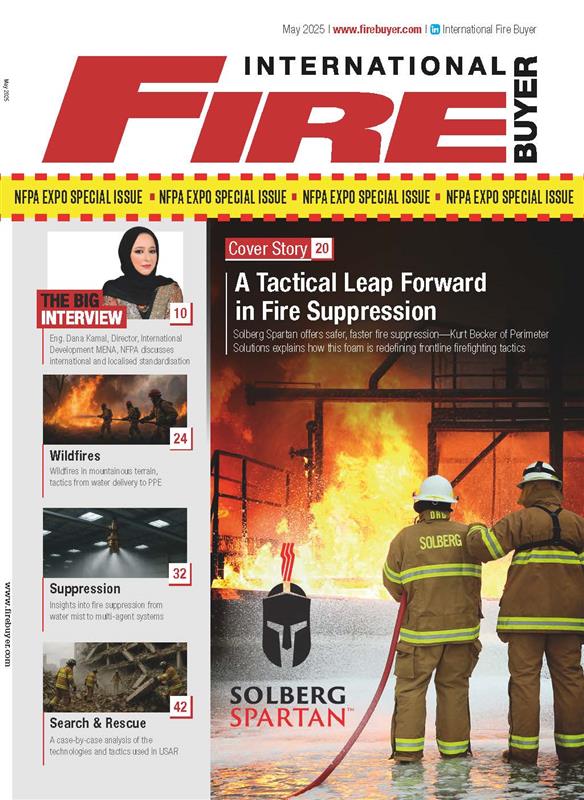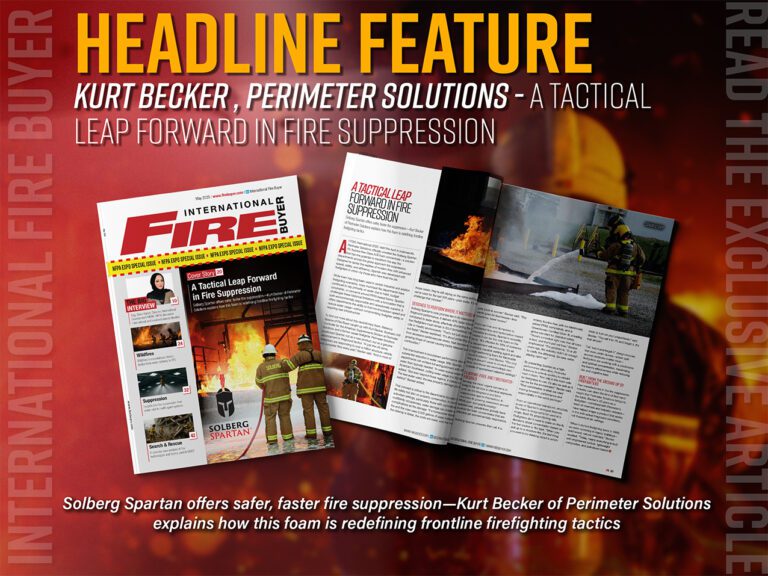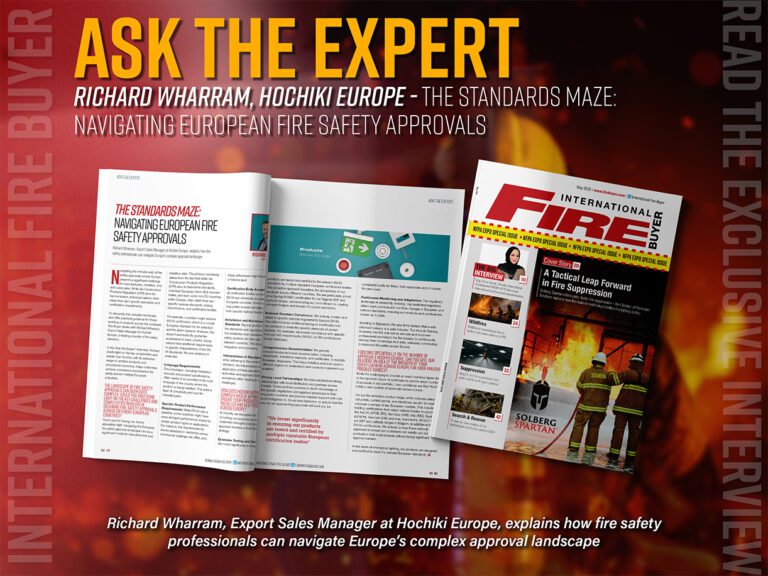Six years on from the Grenfell Tower fire and there is still so much to be said. It is hard to believe just how many things went wrong. Not only on the night of the fire, but the decades before, and the time that followed. The misconduct in practice and errors of judgement from all parties turned what should have been a ‘normal flat fire’ into one of the deadliest modern-day residential fires this country has seen.
After closely following the Grenfell Tower public inquiry, one theme has become painfully clear: the crucial role of responsibility, and the devastating consequences of its absence.
Frequent use of terms like competency, reliability, and responsibility can sometimes desensitise us to their true significance. However, these values are important in ensuring fire safety and, ultimately, in saving lives.
This article will explore the lack of responsibility, touching on examples from the night of the fire and the periods before and after the fire. It is important to note that these are only a few examples pulled from Show Me the Bodies by Peter Apps, a full breakdown of the Inquiry’s evidence can be found here.
What went wrong?
The night of the fire
The external cladding was found to be the primary cause of the fire’s spread. ACM (aluminium composite material) cladding is made from a highly combustible polyethylene polymer filler which when exposed to fire, buckles, and exposes the internal material to flames. It was installed onto the existing structure, leaving a gap between the façade and the building’s structure. This caused what is known as a ‘chimney effect’ and enabled the fire to continue its path of destruction up the tower’s exterior.
While this was taking place, inside the tower was also becoming unmanageable. When the correct passive fire protection products are used and installed correctly, this effectively slows the spread of fire and smoke, allowing time for evacuation and the local fire service to arrive on the scene. But this did not happen at Grenfell. The compartmentation of the building was broken; the inquiry found that “forty-three front doors in the tower had no self-closers installed and thirty-four were not working” (p. 97).
The knock-on effect this had was immeasurable, with two-thirds of fire doors from the fourth floor upwards not closing by themselves when residents evacuated. The fire that should have been successfully contained to one compartment of the building was now out of control, quickly finding access to the outer side of the building and spreading to other areas of the tower.
Meanwhile, on the ground, there was no contingency plan to evacuate Grenfell. The London Fire Brigade (LFB) had a lack of coordination and communication, and with no training on what to do if the stay-put policy failed, this left trapped residents in trouble. It was found that only three phone calls from trapped residents resulted in a fully successful rescue mission and that if the stay-put policy was abandoned, trapped residents could have fled and survived up until 2:45 am.
Since the fire, the LFB’s response to Grenfell has been strongly criticised. However, there are opposing views that argue that ‘stay put’ is a recognised policy. If Michael Dowden, the initial incident commander, did improvise and order an evacuation where 30 people died, “he’d have been the firefighter that killed 30 people” (p. 57). So, it begs the question: was it always going to be a lose-lose situation?
Rewind to before the fire
There is a decade-long picture that points to why the fire on June 14th was able to escalate, and how such a dangerous building came to be. This picture exposed the incompetence and misconduct within this country’s government and construction industry.
Let’s start with the decades of deregulation. In April 2011, a red tape challenge was declared because excessive fire safety regulation was seen to be “burdening businesses, hurting our economy and damaging our society” (p. 64). Eric Pickles, who served as secretary of state at the then Department for Communities and Local Government, promised to “save businesses 25.4m per year by cutting [fire safety] rules” (p. 66). The mindset that fire safety wasn’t important enough to be made a priority meant that civil servants failed to drive through significant amendments to the building regulations.
Brian Martin, previously responsible for building regulations and guidance on fire safety, had been asked to publish an FAQ explaining that ACM cladding was banned in 2014. This never happened. As we have seen time and time again, relaxed building standards and mindsets almost always end in disaster.
Meanwhile, manufacturers were acting with no regard for fire safety: “The fire safety risk of these [ACM] panels were discovered in 2004. They could have been taken off the market then. But no one was willing to risk corporate profits for basic safety” (p. 106). Fire tests were rigged, information was withheld, and marketing continued to present ACM cladding as the go-to solution to an industry ignorant to the ever-growing fire safety crisis.
Like the LFB, there was a lack of knowledge among the architects, builders, and contractors involved in the 2015-16 refurbishment of the tower. Between these trades, the decision was taken to use ACM cladding to ‘cut costs’.
It was also revealed that “if a job fell in a certain inspector’s postcode, it was theirs – regardless of their skill and experience” (p. 179). Incompetent people were being appointed to work on the Grenfell Tower, and responsibility was given no second thought.
Fast forward to after the fire
After 400 days, the Grenfell Tower inquiry came to an end. Richard Millett KC, counsel to the inquiry, in his final statement, said: “Each and every one of the deaths that occurred in Grenfell Tower, on the 14 June 2017 was avoidable.”
He argued that the organisations involved in the refurbishment of the tower were “spinning a web of blame” and not taking any responsibility for their actions:
- Arconic, the company that made the panels and knew they were dangerous on high-rise buildings, still tried to blame nine other companies.
- Celotex, manufacturers of the combustible insulation, blamed Arconic and eight other organisations.
- The Kensington and Chelsea Tenants’ Management Organisation, which oversaw the refurbishment, suggested it was unlucky, claiming a “similar fire could have occurred at any of the many high-rise buildings across the UK [with the same cladding].”
Why responsibility?
The public inquiry highlighted that the lack of responsibility and accountability played a huge role in the Grenfell tower tragedy, from the government to the construction industry to the fire service.
Every single one of us who are involved in the design, construction, and management of high-rise and multi-occupancy buildings are responsible for our actions and judgements. We all have a job to ensure that fire safety is and will continue to be a priority.
Taking responsibility saves lives and contributes to a happier and safer built environment. Neglecting this crucial aspect can have severe consequences, like the scenes witnessed at Grenfell on June 14th, 2017, making responsibility an important pillar of fire safety in construction.
So, what happens next?
On 1st October 2023, new fire safety guidance will come into effect, and, in turn, more responsibility will be placed on the industry.
Section 156 of the Building Safety Act 2022 (BSA) makes several amendments to the Regulatory Reform (Fire Safety) Order 2005 (FSO) to improve fire safety in all buildings regulated by the FSO.
Phase 3 further strengthens fire safety in all FSO-regulated premises by:
- improving cooperation and coordination between Responsible Persons (RPs)
- increasing requirements in relation to the recording and sharing of fire safety information thus creating a continual record throughout a building’s lifespan
- making it easier for enforcement authorities to take action against non-compliance
- ensuring residents have access to comprehensive information about fire safety in their building
Six years ago, the consequences of negligence came at a cost. 72 people lost their lives, and many more were left to come to terms with their new reality. This was a fire that could have been avoided.
Decades before that, we chose not to act. Time and time again, regulations went unamended and plans to avoid what inevitably played out at Grenfell were not made. Warning voices were ignored.
The Building Safety Act has ignited the flame of change. It is now our collective responsibility to ensure that legacy issues are resolved, new buildings are designed and constructed around the test evidence available, and tragedy never again defines our pursuit of safety, justice, and compassion.
To read the full article see our latest issue here.
Never miss a story… Follow us on:
![]() International Fire Buyer
International Fire Buyer
![]() @Firebuyer
@Firebuyer
![]() Fire Buyer
Fire Buyer
Media Contact
Rebecca Spayne Managing Editor, International Fire Buyer
Tel: +44 (0) 1622 823 920
Email: [email protected]



